Myasthenia gravis (MG) is a rare, acquired autoimmune disorder of the neuromuscular junction, characterized by fatigable muscle weakness in the voluntary muscles. Most patients with MG present with ocular manifestations. As the disease progresses, generalized muscle weakness involving the facial and bulbar muscles, the neck and axial muscles, and the limbs usually occurs. It is estimated that 80% of patients will have generalized MG within 2 years of symptom onset. In severe disease, neuromuscular dysphagia quickly evolves into total loss of swallow function, frequently in conjunction with respiratory muscle weakness and respiratory failure.
In the past century, significant advances in the treatment of MG have led to greatly improved outcomes for many patients. However, there is no cure for MG and some patients may have refractory disease. Current treatment options include cholinesterase enzyme inhibitors and immunosuppressive agents.
Here are five things to know about treatment strategies for MG.
1. Effective self-care can reduce the risk for symptom exacerbation in patients with generalized MG.
Generalized MG can have a tremendous impact on patients' health and health-related quality of life. The degree of muscle weakness and other symptoms of MG can be variable and may be exacerbated by lifestyle and environmental triggers.
To help reduce the risk for symptom exacerbation, patients are encouraged to practice effective self-care. Typical self-care recommendations include:
- Get adequate sleep at night and set aside time for naps or quiet time during the day to rest the eyes.
- Manage stress.
- Engage in regular exercise. Exercise improves mood and overall cardiovascular, heart, and brain health, and it can help patients with MG maintain muscle strength and range of motion; however, it is important for patients to avoid overexertion. Consultation with a physical therapist who is familiar with MG may be indicated to determine appropriate regimens.
- Avoid hot and humid environments and temperature extremes, all of which can lead to symptom exacerbations.
- Maintain a healthy diet. In addition to the conventional benefits of a healthy diet, eating well can help patients with MG manage the adverse effects of medication, such as fluid retention, bone loss, and anemia.
- Take all medications as prescribed. Studies have shown that many patients with MG do not take their medications correctly and consequently do not realize the full benefits of their treatments. Patient education is important to improve compliance and patient self-efficacy.
The most severe exacerbation of MG is a myasthenic crisis, a life-threatening manifestation characterized by respiratory failure that requires the use of invasive or noninvasive ventilation. A myasthenic crisis can be triggered by various factors, including emotional or physical stress, exposure to temperature extremes, infections, pain, and sleep deprivation. Effective self-care can help patients improve their quality of life, minimize symptom exacerbations, and aid in prevention of a myasthenic crisis.
2. Pharmacotherapy for generalized MG should be individualized for each patient.
An individualized approach to treatment is recommended for patients with MG, with consideration given to disease severity, age, serology status, thymic pathology, comorbidities, patient and physician preference, and physician experience. Recommended treatments include agents to alleviate symptoms or to alter the disease course.
Acetylcholinesterase (AChE) inhibitors (eg, pyridostigmine, neostigmine) are often used as first-line treatments. These agents enhance muscle strength by slowing the normal breakdown of the neurotransmitter acetylcholine at the neuromuscular junction. AChE inhibitors are not disease-modifying and strictly provide symptomatic treatment.
Immunosuppressive treatments are also frequently used to improve symptoms in MG, either alone or in combination with AChE inhibitors. These therapies can improve muscle strength by suppressing the production of abnormal antibodies.
Corticosteroids (eg, prednisone) are the first-line immunosuppressive therapy for patients who remain symptomatic while on AChE inhibitors or who want better symptom control. Corticosteroids may result in rapid symptom improvement (eg, within weeks); however, patients often require long-term therapy. Serious adverse effects associated with long-term oral corticosteroid therapy include hypertension, obesity, gastric and peptic ulcers, cataracts, cushingoid appearance, psychological disturbances, opportunistic infections, sepsis, and serum electrolyte derangement.
Steroid-sparing immunosuppressants (eg, azathioprine, mycophenolate mofetil, tacrolimus, methotrexate, cyclosporine, cyclophosphamide) are available, but these agents may be complicated to administer and may require up to 1 year to be effective. In addition, adverse effects have also been reported with these agents, requiring careful ongoing monitoring.
Several biological therapies have been developed for MG, and these agents may be particularly useful for the treatment of refractory MG. The complement inhibitor eculizumab is indicated for patients with generalized MG who are anti–acetylcholine receptor (AChR) antibody positive. Eculizumab was approved by the US Food and Drug Administration (FDA) on the basis of data from the REGAIN clinical trials. In the open-label extension phase, treatment with eculizumab was associated with improvements in muscle strength, activities of daily living, functional ability, and quality of life for up to 3 years.
Another complement inhibitor, ravulizumab, received FDA approval in 2023. An interim analysis of the open-label phase of the phase 3 CHAMPION MG trial showed ravulizumab was safe and effective in patients with AChR antibody–positive generalized MG. Ravulizumab was associated with improvements in activities of daily living, muscle strength, fatigue, and quality of life by week 1, and these effects were sustained through 60 weeks of treatment.
Another complement inhibitor, zilucoplan, also received FDA approval in 2023 based on data from the pivotal RAISE trials. An interim analysis of the ongoing open-label extension trial showed consistent and sustained improvements in MG-specific efficacy endpoints (activities of daily living, muscle strength, fatigue, and quality of life) and a favorable safety profile among patients with AChR antibody–positive generalized MG treated with zilucoplan.
Treatment with complement inhibitors has been associated with a significantly increased risk for infection caused by encapsulated bacteria, especially Neisseria meningitidis. Double meningococcal vaccination with ACYW conjugate and serogroup B vaccine should be administered at least 2 weeks prior to the first drug infusion. If a complement inhibitor is started within 2 weeks of vaccination, antibiotic prophylaxis is mandatory.
Efgartigimod is a first-in-class fragment crystallizable (Fc) receptor modulator that targets pathogenic immunoglobulin G autoantibodies in MG. Like the aforementioned biologic therapies, efgartigimod is indicated for patients with MG who test positive for the AChR antibody. The FDA approved efgartigimod in 2021 based on data from the phase 3 ADAPT trial, which showed efgartigimod was well tolerated and rapidly improved symptoms and activities of daily living in patients with generalized MG.
Another Fc receptor modulator, rozanolixizumab, received FDA approval in 2023 on the basis of data from the MycarinG phase 3 trial, which enrolled patients with AChR or muscle-specific kinase (MuSK) autoantibody–positive generalized MG. In this trial, treatment with rozanolixizumab led to clinically meaningful improvements in patient-reported and investigator-assessed outcomes in patients with generalized MG and was generally well tolerated.
Rituximab, a monoclonal antibody that depletes B cells and targets the CD20 antigen, may be an effective option for MG when first- and second-line immunotherapy fails. In clinical trials, rituximab has been shown to be beneficial in patients with MuSK-positive MG; however, there has been great variation in reports of efficacy in AChR-positive MG.
3. Novel therapies are emerging for generalized MG.
Investigational agents for generalized MG include nipocalimab, a humanized monoclonal antibody that blocks the neonatal Fc receptor (FcRn). Results from the phase 2 Vivacity-MG study supported the safety and tolerability of nipocalimab. Treatment with nipocalimab was also associated with significant improvements in MG Activities of Daily Living ( MG-ADL) scores, a validated measure of disease severity, at day 60.
A newer FcRN antagonist, batoclimab, is also under investigation for the treatment of generalized MG. In a small phase 3 trial, batoclimab showed similar efficacy to that reported for efgartigimod and rozanolixizumab.
Other novel approaches for MG treatment include CAR T-cell therapy, currently being investigated in a phase 2 trial, and inebilizumab, an anti–CD-19 monoclonal antibody currently in a phase 3 trial.
4. Thymectomy may be indicated in younger adult patients to reduce symptoms of MG.
Pathologic anomalies in the thymus are found in > 80% of patients with AChR-positive MG. Thymectomy may reduce MG symptoms, possibly through immunomodulation. It may be indicated early in the course of disease in patients with a thymoma, but it should not be considered as an emergency intervention. Important clinical considerations prior to recommending thymectomy include the patient's age (the procedure is not generally recommended for those aged > 50 years); sex; the presence of thymoma; severity of MG; presence of AChR antibodies or MuSK antibody; and seronegative myasthenia. Minimally invasive approaches for thymectomy (eg, robotic- and video-assisted) are generally preferred because they have the advantages of decreased or no pain, shorter postoperative recovery time, smaller postsurgical scars, early mobilization, and earlier hospital discharge compared with open surgical approaches (eg, transsternal and transcervical thoracoscopic surgeries), with no lessening in efficacy.
5. Intravenous immune globulin (IVIg) and plasma exchange (PLEX) are used in distinct clinical settings for MG.
IVIg and PLEX are used in distinct clinical settings, including:
- As short-term rescue therapy in patients with life-threatening symptoms (eg, respiratory insufficiency, dysphagia)
- As preparation for surgery in patients with significant bulbar dysfunction
- In cases requiring a rapid response to treatment
- In refractory disease
- Prior to the initiation of corticosteroid therapy when needed to avert or minimize exacerbations
Both IVIg and PLEX are suitable for immediate intervention. Individual patient factors and availability govern the choice of which to use; for example, IVIg cannot be used in patients with renal failure and PLEX cannot be used in patients with sepsis.
Studies suggest IVIg and PLEX are probably equally effective for the treatment of severe generalized MG; IVIg has a better safety profile during acute exacerbations. IVIg works quickly, with symptom improvement observed within days and maximal response observed 7-10 days after therapy initiation. Treatment effects typically last 1-2 months.
Disadvantages of IVIg include its high cost and short-term benefits, as well as the risk for adverse effects. The most common adverse effects associated with IVIg are headache, rash, myalgia, chills, fever, shortness of breath, and nausea.
PLEX has been shown to be very effective and is the treatment of choice for patients with myasthenic crisis. Like IVIg, the effects of PLEX are short-term, typically lasting 1 month. PLEX is also costly and its administration requires specialized equipment and medical staff. PLEX is associated with a risk for hemodynamic and venous access complications; using peripheral rather than central venous access may minimize these risks.

.webp) 3 days ago
6
3 days ago
6





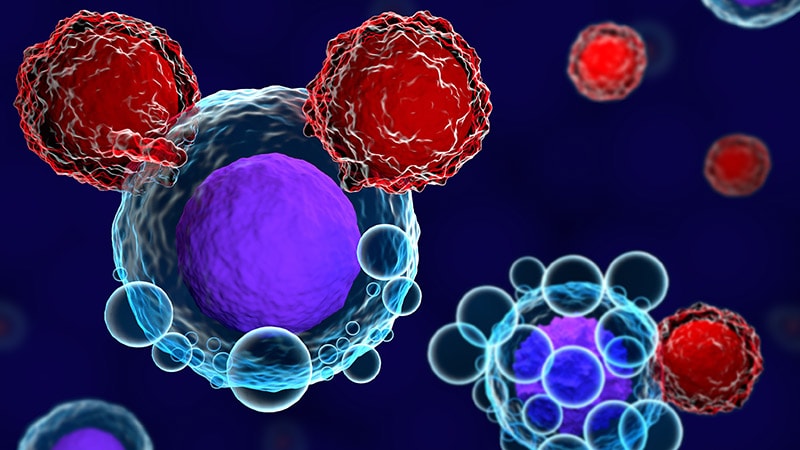


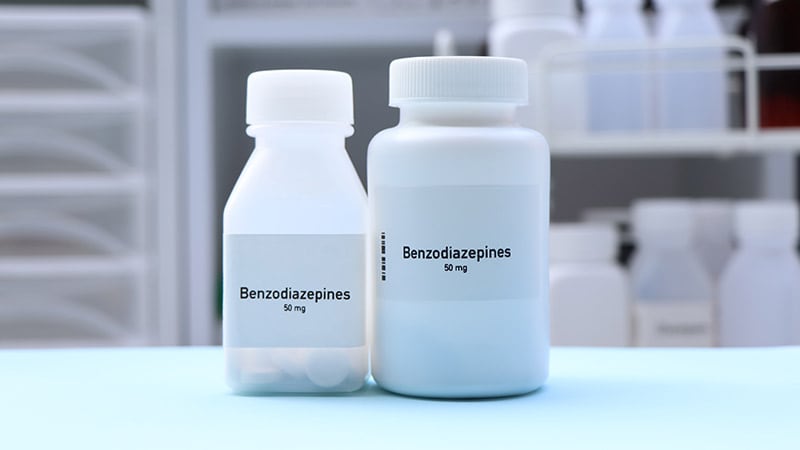
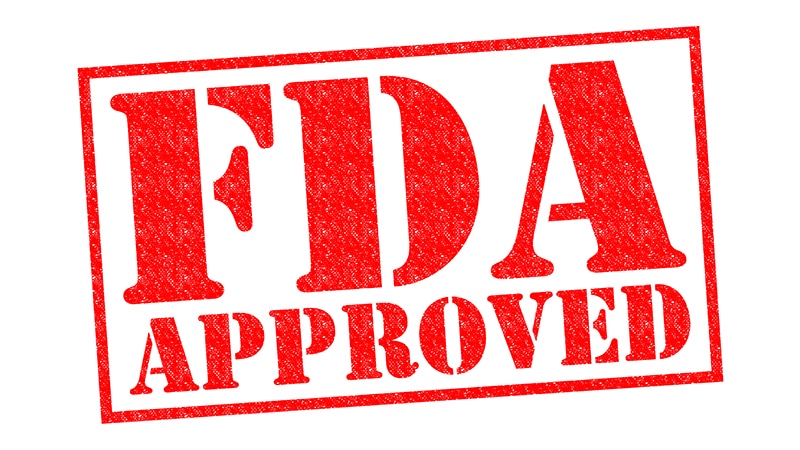

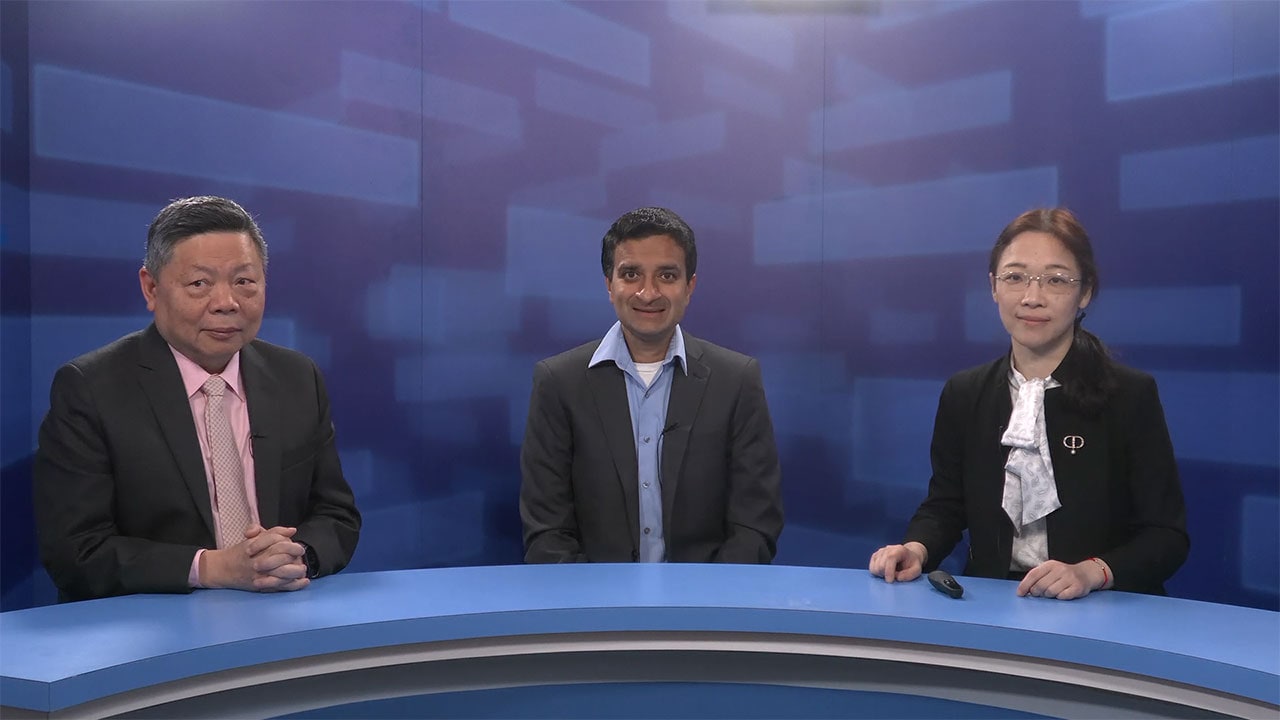
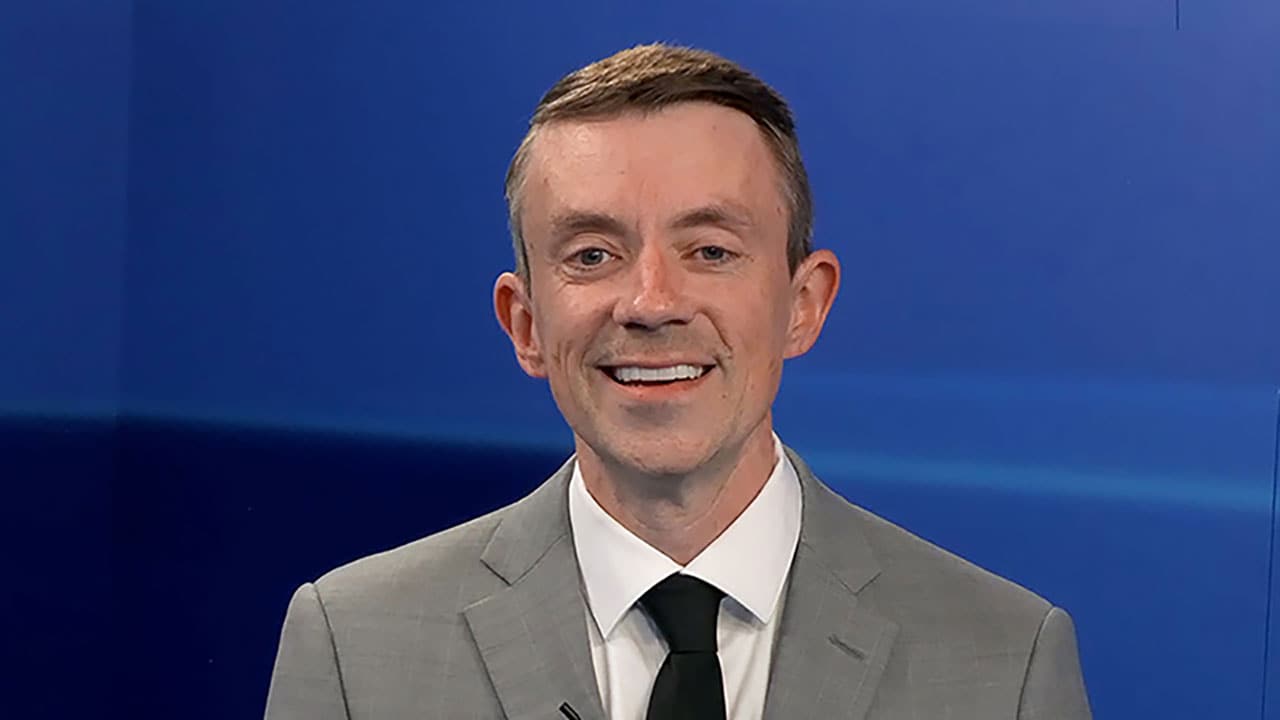

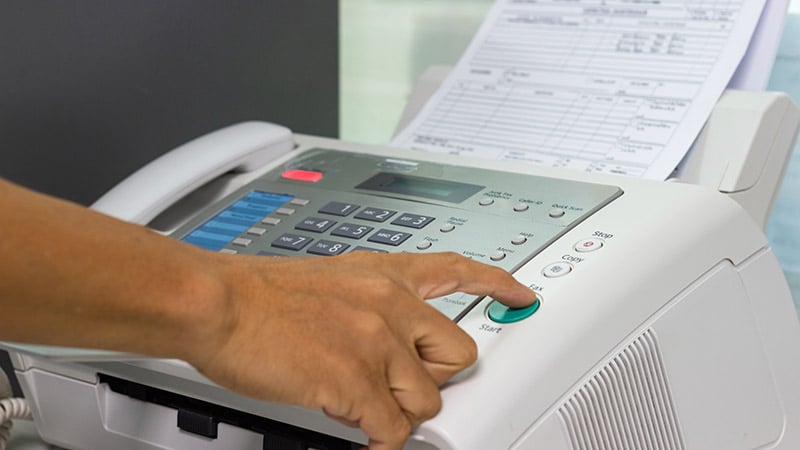














 English (US)
English (US)